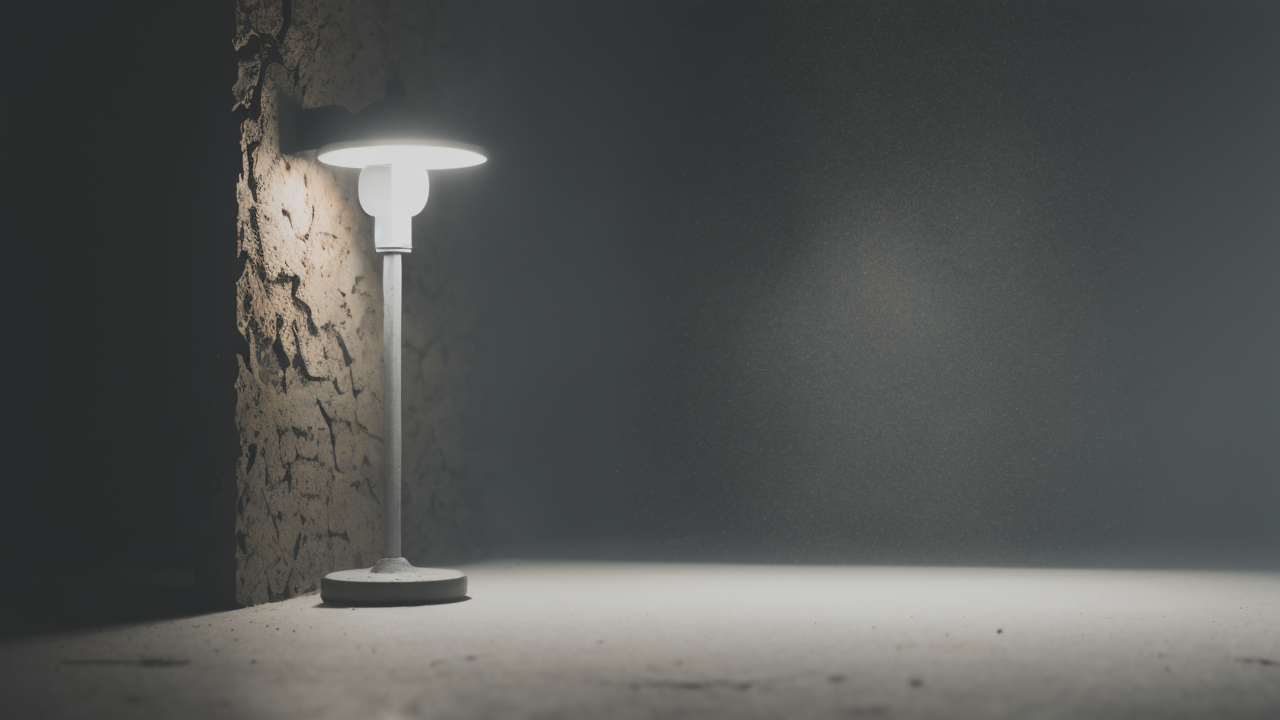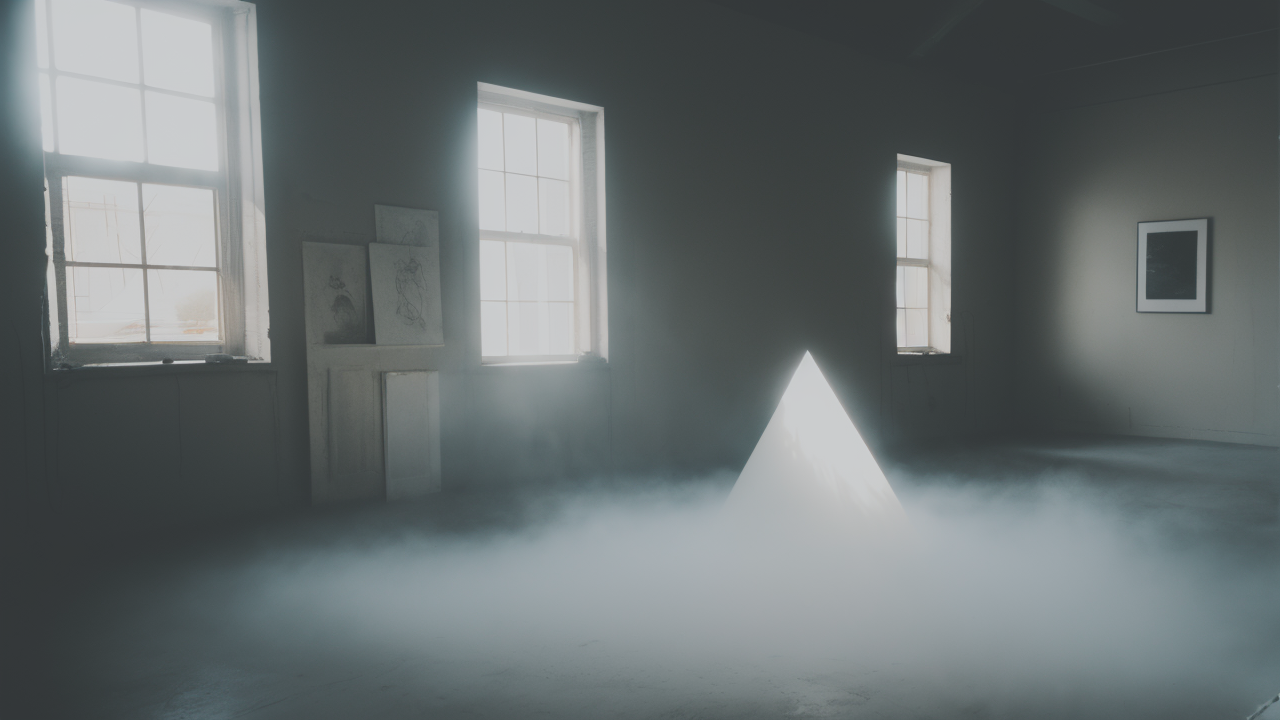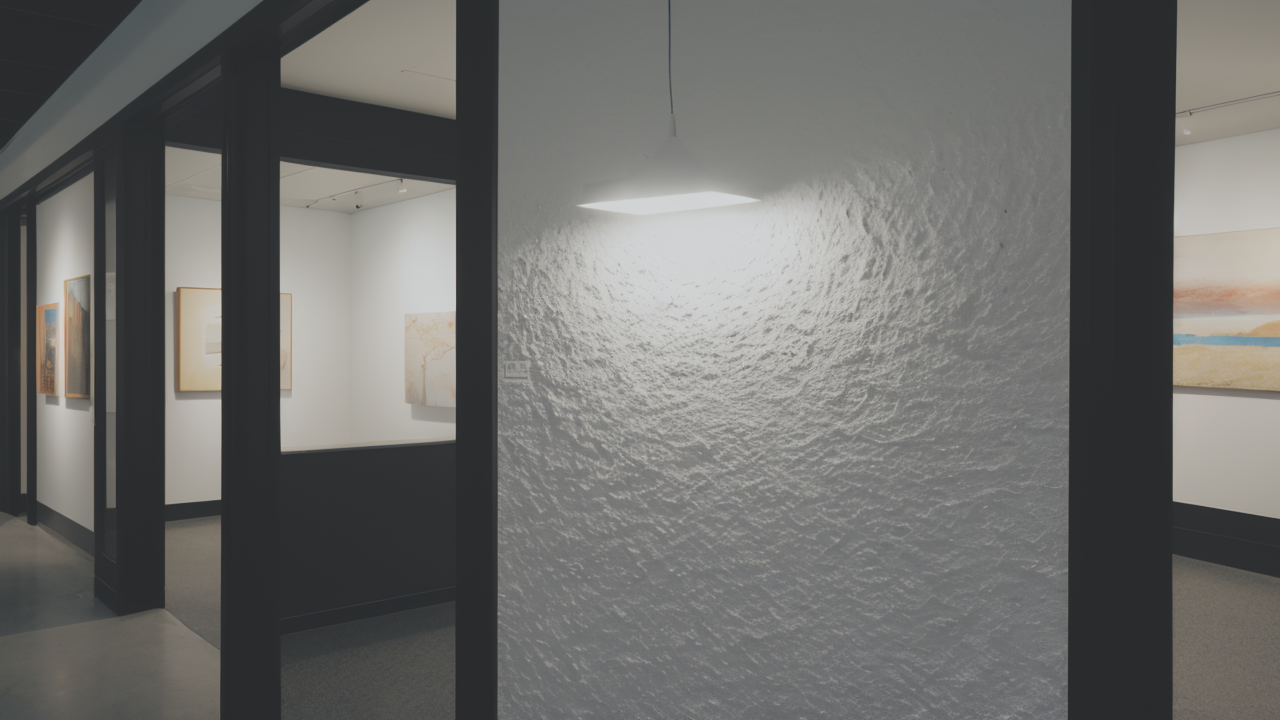
Mastering Plaster Techniques: A Comprehensive Guide for Modern Wall Artistry
Understanding the Appeal of Plaster Art and Minimalism
The Role of Texture in Plaster Art
Texture is key in plaster art. It adds depth and interest to pieces. Artists can create smooth or rough surfaces. This variety makes each work unique.

Plaster can mimic many materials. It might look like stone, wood, or fabric. This versatility gives artists many options. They can create different effects with one medium.
Light plays with plaster textures. It creates shadows and highlights. This interaction adds drama to artworks. As viewers move, the piece seems to change.
Minimalism in Art: Less is More
Minimalist art focuses on simplicity. It uses basic shapes and colors. This style strips away extras. It leaves only what's necessary.
Creating minimalist art is hard. Every line and shape matters. Artists must be precise. There's no room for unnecessary details.
Minimalism can say a lot with little. It often makes strong statements. This style lets viewers use their imagination. It can evoke powerful emotions.
The Intersection of Nature and Craftsmanship in Plaster
Plaster comes from nature. It's made from earth minerals. This natural origin connects plaster art to the environment. Many artists value this link.
Working with plaster takes skill. Artists must know how to mix and shape it. They need to understand how it dries and changes. This knowledge comes from practice.
Nature often inspires plaster artists. They might copy textures from trees or rocks. Some try to capture the flow of water. This mix of nature and craft creates unique art.
Innovative Methods for Merging Plaster Art with Minimalist Design
Strategies for Incorporating Drawings into Plaster Pieces
Artists are finding new ways to mix plaster and drawings. One method is etching into wet plaster. This creates lines that become part of the texture. The drawing and plaster become one.

Some use plaster as a canvas. They draw or paint on the dry surface. This combines 2D art with 3D textures. It creates interesting visual effects.
Another approach embeds drawings in wet plaster. Artists might use special papers or transfer methods. This fuses the drawing into the plaster itself.
Leveraging Technology for Precision and Repeatability
Modern tech is changing plaster art. 3D printing can make molds for complex shapes. This allows for precise, repeatable designs. Artists can create detailed work more easily.
Digital tools help with planning. Artists can test ideas on computers first. This saves time and materials. It also allows for more experimentation.
Laser cutters are useful for plaster work. They can make stencils or cut precise shapes. This tech fits well with minimalist styles. It helps create clean, sharp lines.
Sustainable Practices in Plaster Art and Minimalism
Many artists now focus on eco-friendly methods. They use natural pigments to color plaster. This reduces harmful chemicals. It's better for the environment and the artist.
Minimalism naturally fits with sustainability. It often uses less material than other styles. This reduces waste and environmental impact. It's a responsible way to create art.
Some artists recycle old plaster pieces. They crush and remold them into new works. This circular approach is good for the planet. It also challenges artists to be creative.
Case Studies: Successful Fusion Projects in the United States
Spotlight on Artist-Driven Installations
Large-scale plaster installations are popular. One artist created a series of wave-like forms. They combined minimalist shapes with textured plaster. The result was stunning.

Another project featured a minimalist cityscape. The artist used simple plaster blocks. Rough textures contrasted with clean lines. It drew many visitors to the gallery.
A group show mixed plaster art with line drawings. Artists created 3D pieces with 2D elements. The combination was striking. It showed how well these styles work together.
Commercial Projects: When Art Meets Design
Designers are using plaster art in businesses. A hotel lobby featured a textured plaster wall. It had simple geometric patterns. The minimalist design impressed guests.
A restaurant commissioned unique plaster panels. They had subtle food-themed drawings. The art added texture without being too busy. It matched the eatery's modern style.
An office building used plaster columns in its design. They had minimalist nature motifs. The simple designs and natural textures created a calm work space.
Educational Ventures: Workshops and Academic Research
Universities are exploring plaster and minimalism. Art departments offer classes on both techniques. Students learn to balance texture with simple designs. These classes are popular.
Community centers host workshops for beginners. People can make small plaster pieces with minimalist patterns. These classes often fill up quickly. They help spread interest in this art form.
Researchers are studying new plaster mixes. They want to make plaster more durable and eco-friendly. Artists and scientists work together on these projects. Their goal is to improve plaster for art use.


